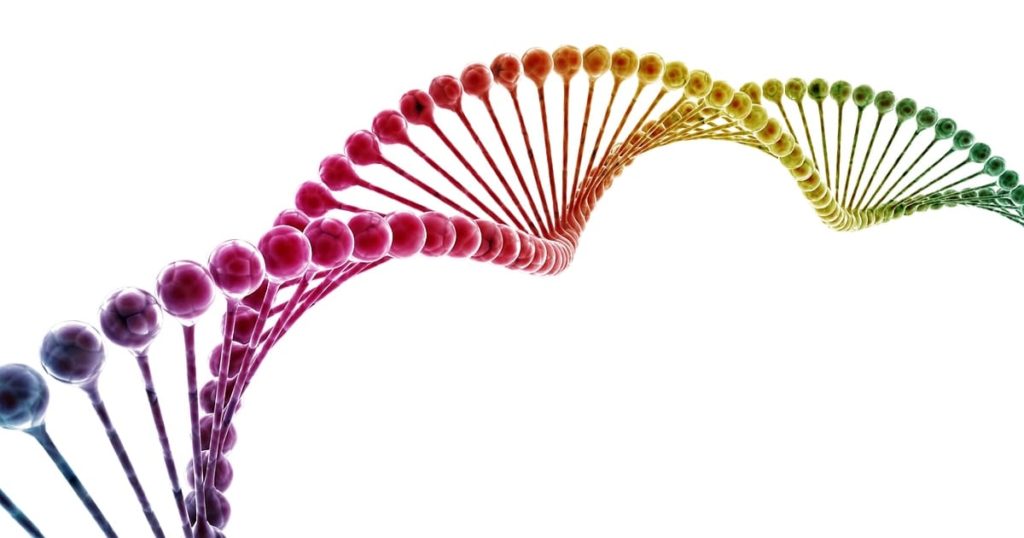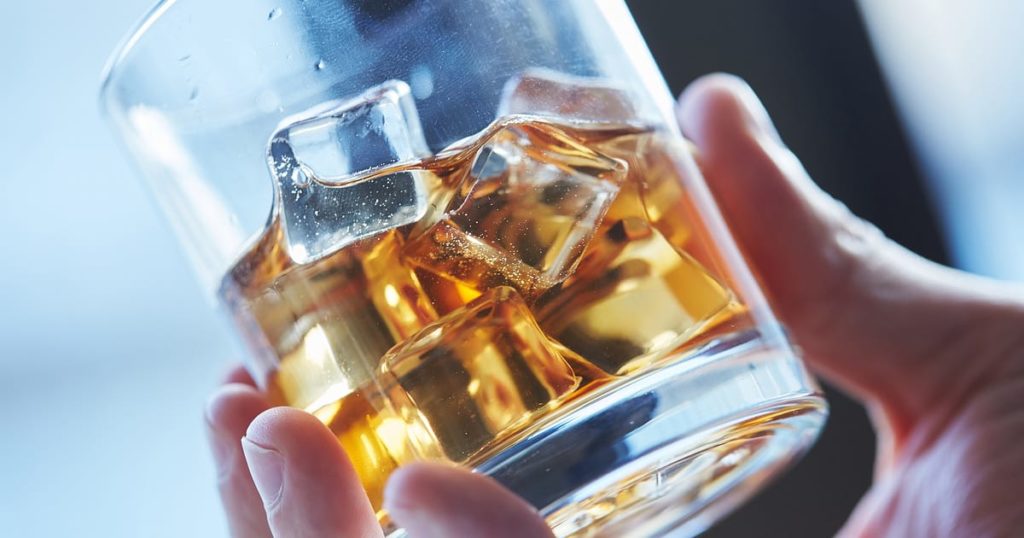In 1984, Congress passed the National Minimum Drinking Age Act, establishing 21 as the minimum legal age to purchase alcohol. Some states have family exception laws, allowing parents or legal guardians to serve alcohol to minors in private locations or residences such as their homes. No state has an exception permitting anyone other than a family member to provide alcohol to a minor on private property.1 Furthermore, “zero tolerance” laws prohibit people under the age of 21 from drinking alcohol and driving. Even after one drink, minors face the consequences of violating this law, regardless of whether they are physically impaired while driving. An infraction could result from using mouthwash containing alcohol at school and then getting in a car and driving, although the law is intended primarily to protect young people from consuming alcoholic drinks and driving under the influence.2
Potential Benefits of Moderate Drinking
According to the Dietary Guidelines for Americans, moderate drinking is defined as one drink per day for women and up to two drinks per day for men.3 A good deal of contradictory information is published on the benefits and risks of alcohol. One has to keep in mind articles discussing the possible benefits of alcohol consumption refer to moderate drinking in adults of legal age. Touting the benefits of alcohol in an underage population would obviously elicit outrage and other repercussions. Moderate drinking has most notably been associated with benefits to the heart, especially in regard to red wine. Once these findings were published, the wine industry jumped on the bandwagon and branded their products as heart-healthy. Alcohol appears to influence cholesterol metabolism, and long-term moderate drinking may raise HDL (good) cholesterol. It may also help improve blood vessel function and prevent blood clots.4 However, doctors are concerned about such news encouraging anyone to begin consuming alcohol, particularly if they have a family history of heavy alcohol use. Too much alcohol has myriad harmful effects on the body. The relationship between alcohol and heart health is somewhat complex, as a study published in the journal Circulation illustrates. A retrospective review of 23 previous studies examined how alcohol affects cardiovascular risks during the one-week period following drinking. On average, researchers found moderate drinkers were more likely to have a heart attack or stroke in the hour after drinking than at other times. The risk diminished within 24 hours, at which point, moderate drinking was associated with a slightly decreased risk of heart attack. The researchers did not find conclusive evidence that one type of alcohol was better or worse in regard to benefits and risks (e.g. wine versus beer).4 Again, experts warn nobody should start drinking to protect their heart because any possible benefits far outweigh the many evidence-based health risks. A 2016 Swedish study published in the journal BMC Medicine concluded light or moderate drinking may reduce the risk of ischemic stroke (blocked blood flow to the brain), but appeared to have no effect on the risk of hemorrhagic stroke (bleeding in the brain). According to the American Stroke Association, about 87% of strokes are ischemic, while the remaining 13% are hemorrhagic. On the other hand, heavy drinking (two to more than four drinks a day) increased the risk of both types of stroke.5 The latest study uncovered bad news about the connection between moderate amounts of liquor and breast cancer risk. Researchers found an average of 10 grams of alcohol a day (e.g. small glass of wine, 8 ounces beer or 1 ounce hard liquor) raises the risk. The study analyzed 119 observational worldwide studies on breast cancer risk, encompassing a total of 12 million women and more than 260,000 breast cancer cases. Findings suggested an average of seven drinks a week increased the risk of breast cancer by 5% in premenopausal women and 9% in postmenopausal women.6
Teenage Drinking
Although drinking under the age of 21 is against the law, people aged 12 to 20 drink 11% of all alcohol consumed in the U.S., with more than 90% consumed in the form of binge drinking. Tragically, excessive drinking is responsible for more than 4,300 deaths among underage youth every year.7 Unlike the minimal silver lining of moderate drinking in responsible adults, teenage drinking is not only illegal, but comes with significant health risks. Underage drinkers are at greater risk of injury from car crashes, burns, falls, drowning and physical assaults, as well as unwanted pregnancy, sexual transmitted diseases and alcohol poisoning, which could lead to hospitalization or result in death.8 Underage drinking can cause alterations in the structure and functioning of the developing brain, which continues to mature until people are in their mid- to late-20s. Due to ongoing brain development during adolescence, short- and long-term brain damage associated with drinking may lead to serious lifelong health consequences. Growing evidence indicates alcohol impairs functioning of different components of the melanocortin system, which plays a major role in the consolidation of addictive behaviors during adolescence and adulthood. Episodic adolescent binge drinking may have long-term repercussions on alcohol reward circuits, as well as areas implicated in memory, learning and feeding behavior.9 It is crucial parents understand the serious repercussions of underage drinking – from legal to short- and long-term health risks, and encourage their teen to seek treatment for alcohol abuse if needed. Parents need to explain to their teens that underage drinking is illegal and dangerous, regardless of the circumstances. They need to monitor their adolescent’s activities to ensure laws are obeyed and they aren’t subjecting themselves to dire and fatal risks.
- Alcohol Laws by State. Federal Trade Commission website. https://www.consumer.ftc.gov/articles/0388-alcohol-laws-state Accessed May 20, 2017.
- Zero Tolerance Laws website. https://www.zerotolerancelaws.com/ Accessed May 20, 2017.
- Alcohol and Public Health: Frequently Asked Questions. Centers for Disease Control and Prevention website. https://www.cdc.gov/alcohol/faqs.htm Updated October 18, 2016. Accessed May 20, 2017.
- Even Moderate Drinking Is Not Risk-Free. Health After 50 website. https://www.healthafter50.com/heart-health/article/even-moderate-drinking-is-not-risk-free Published May 4, 2017. Accessed May 20, 2017.
- A Little Alcohol Each Day May Cut Your Risk of Stroke. Health Day website. https://consumer.healthday.com/general-health-information-16/misc-alcohol-news-13/a-little-alcohol-each-day-may-cut-your-risk-of-stroke-717083.html Published November 24, 2016. Accessed May 20, 2017.
- A drink a day tied to higher breast cancer risk, report says. CNN website. https://www.cnn.com/2017/05/23/health/breast-cancer-risk-alcohol-study/ Published May 23, 2017. Accessed May 23, 2017.
- Fact Sheets: Underage Drinking. Centers for Disease Control and Prevention website. https://www.cdc.gov/alcohol/fact-sheets/underage-drinking.htm Updated October 20, 2016. Accessed May 20, 2017.
- Crane EH, Cai R. Temporal Patterns of Emergency Department Visits Related to Underage Drinking. 2017 Jan 20. The CBHSQ Report. Rockville (MD): Substance Abuse and Mental Health Services Administration (US); 2013. doi: https://www.ncbi.nlm.nih.gov/books/NBK425084/.
- Orellana JA, Cerpa W, Carvajal MF, et al. New Implications for the Melanocortin System in Alcohol Drinking Behavior in Adolescents: The Glial Dysfunction Hypothesis. Front Cell Neurosci. 2017;11:90. doi:10.3389/fncel.2017.00090.






